Eight new obituaries enter the Obituary Index this month. Four of the eight men were involved in the liquor trade either as publicans or wine and spirit merchants. Unfortunately, there are no women this month. Hopefully, I can make up for it in November.
CARMICHAEL, George – Died 30 October 1885 at Casterton. George Carmichael arrived at Point Henry near Geelong with his brothers William and James around 1839. They went to the Port Fairy district where they took up land, George at Spring Creek. On 22 April 1850, George married Mary Fraser and they went on to have ten children. The following year, George took up the Retreat run on the Glenelg River near Casterton from John Pearson. The Black Thursday bushfires had been through the property in February that year. He also purchased the Refuge estate of 600 acres around twenty kilometres from Retreat.
George invested in good stock and the10,000 acres of Retreat went on to become one of the finest runs in the colony. His Merino sheep were among the best in Australia as were his cattle and horses. At one point he owned one of the leading sires of the Western District, King Alfred (below). He also owned well-known sires Lord Clyde for which he paid £750 and Agronomer.

King Alfred. (1870, November 12). Australian Town and Country Journal (Sydney, NSW : 1870 – 1907), p. 24. Retrieved October 30, 2020, from http://nla.gov.au/nla.news-article70463151
In 1867, George and Mary’s daughter Grace died aged seven. For many years, George was a Glenelg Shire Councilor including time as Shire President. He retired from his position in 1868 when he took up residence with his family at Claremont in Newtown, Geelong.

CLAREMONT, NEWTOWN. Image courtesy of the J.T.Collins Collectin, State Library of Victoria http://handle.slv.vic.gov.au/10381/230837
During the time the Carmichaels were living in Geelong, Mary died on 6 May 1872 while at St Kilda. George remarried the following year to Anne Wright. George was a great supporter of the Casterton Racing Club and was a steward of the Geelong Racing Club. He was always ready to help those in need and offer advice.
George left his widow Anne and his large family. Retreat and Refuge estate were sold in 1886.
RUTLEDGE, Richard – Died 28 October 1887 at Warrnambool. Richard Rutledge was born in Ireland and arrived in NSW around 1838 following his brother William who was at Molonglo Plain near Queanbeyan. Richard stayed in NSW for four years before going to his brother’s run at Kilmore. He remained there until 1845 when William took up the Farnham Park run near Warrnambool and Richard settled on part of it.
From 1847, Richard was the honorary secretary of the Port Fairy Racing Club and raced steeplechasers at the course. He also bred carriage horses with the successful sire Cantab. He made several trips back to NSW to bring back cattle and horses and on one occasion, he married Alice Dickenson at Parramatta on 11 August 1849. In April 1852, Richard went off to the goldfields at Mt Alexandra. He was there for about a year and made £100 after much hard work. In 1860, Richard and his family went to England so his daughters could be educated in that country. They lived in Brighton but returned home after five years because the cold weather was affecting Alice’s health. They arrived back in Victoria in January 1866.
Richard was buried at Tower Hill next to his brother. It was one of the largest funerals seen in the district. He left his widow Alice, three daughters, and a son.
PHILLIPS, Lionel – Died 3 October 1889 at Hamilton. Lionel Phillips was born around 1847. On coming to Australia, he spent time in Sydney around 1875 before going to New Zealand. He was a wine and spirit merchant in Queen Street, Auckland before becoming the manager of Ehrenfried’s Brewery at Thames on the North Island. On 6 May 1879, he returned to Sydney to marry Frances Marks at the Great Synagogue in Elizabeth Street. By 1882, Lionel was the manager of the Phoneix Brewery near Richmond on the South Island. Around 1883, he returned to his former premises in Queen Street, Auckland, and reopened his wine and spirits business. In 1884, he was insolvent, owing £1200 to his creditors.
Lionel and his family returned to Sydney around 1886. In early 1889, Lionel with a Mr Williams, purchased the Western City Brewery in Hamilton and he moved his family to Victoria. The family resided in Milton Street.

VIEW OF HAMILTON VICTORIA. (1888, April 17). Hamilton Spectator (Vic. : 1870 – 1918), p. 1 (SUPPLEMENT TO THE HAMILTON SPECTATOR). http://nla.gov.au/nla.news-article225809074
Lionel was quick to involve himself in the community. He joined in on the organising of the Hamilton Hospital Carnival and was selected as chairman of the Procession committee. Lionel was a large man who suffered from asthma. He developed bronchitis during September and never recovered. He was just forty-two at the time of his death. He left his widow Frances and a large family. Lionel was buried in the Jewish section of the Hamilton (Old) Cemetery. The remains of his headstone are below.
COWAN, Duncan – Died 21 October 1891 at Hamilton. Duncan Cowan was born in Paisley, Scotland around 1831 and arrived in Hamilton around 1871. On 13 December 1876, he married Eliza Swan at the Caledonian Hotel in Hamilton. Duncan was a cousin of Hamilton butcher Thoms Brown and he went to work for him as a bookkeeper and remained for around eight years, In 1883, he then went to work as the actuary at the Hamilton Savings Banks in Gray Street. He was one of the leading parishioners of St Andrew’s Presbyterian Church.

ST ANDREWS PRESBYTERIAN CHURCH & HAMILTON ANGLICAN CHURCH c1890 Image Courtesy of the State Library of Victoria. Image no. H11827 http://handle.slv.vic.gov.au/10381/69513
On the day of Duncan’s funeral, the bell of St Andrew’s Presbyterian Church tolled. He left his widow Eliza and a young family of four sons and one daughter. During WW1, two of Duncan’s sons served with Duncan Jr awarded a Distinguished Conduct Medal.
CAMPBELL, Archibald Thomas – Died 29 October 1891 at Hamilton. Archibald Campbell was born around 1823 in Argyleshire, Scotland. He arrived in Adelaide around 1850 but when gold was discovered in Victoria, he headed off to the Bendigo diggings. He was there for some time before going on to the Murray district. In 1860 he returned to Scotland where he married Mary Isabella McCallum. Archibald with his new bride, returned to Victoria the following year. It wasn’t long before Archibald and his family were off to New Zealand where Archibald operated a shop in Dunedin until 1872 when they returned to Victoria.
Archibald took up the license of the Green Hills Hotel at Condah and operated it until 31 December 1875.
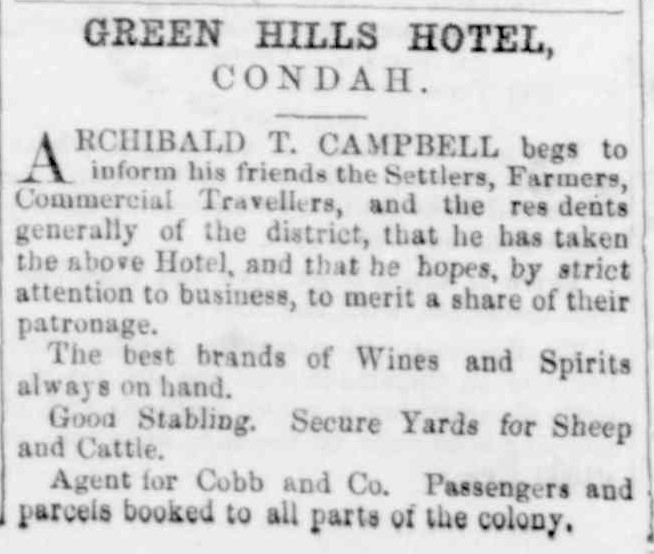
Advertising (1872, December 25). Hamilton Spectator (Vic. : 1870 – 1918), p. 1. http://nla.gov.au/nla.news-article194844688
In 1877, Archibald moved to Hamilton to run the Argyle Arms Hotel in Gray Street.

Advertising (1878, February 14). Hamilton Spectator (Vic. : 1870 – 1918), p. 1. http://nla.gov.au/nla.news-article226067802
He remained at the Argyle for around three years. In 1880, one of Archibald and Mary’s sons Allen died at Condah aged seven. By 1884, Archibald had opened a wine and spirit store in Gray Street. The family home was at Pennycross on the Dunkeld Road, South Hamilton (now Ballarat Road).

Advertising (1890, February 18). Hamilton Spectator (Vic. : 1870 – 1918), p. 3. http://nla.gov.au/nla.news-article225770051
Archibald left his widow Mary, three sons, and three daughters.
BRAIM, Thomas Henry – Died October 1891 in Derbyshire, England. Thomas Braim was born in Yorkshire in 1814 and was educated at St John’s College Cambridge. He arrived in Tasmania with his wife Elizabeth Liley in 1836 to take up the position of headmaster at the Bishop’s Grammar School School in Hobart. In 1840, he arrived in Melbourne and established a school at the Wesleyan Chapel on the corner of Swanston Street and Flinders Lane. It didn’t get off the ground so he went to Sydney where he successfully applied for the position of headmaster of Sydney College. During his time in New South Wales, he published educational books and a history of NSW.
Thomas and his family returned to England in 1845 for a year before returning to Sydney. In Victoria, Port Fairy townsmen James Atkinson and William Rutledge asked Thomas to their town to set up a school. He travelled there on the Essington. the boat of Charles Mill of Port Fairy. He set up a grammar school in James Street (below)
Soon after arriving in Port Fairy, Thomas was ordained and was put in charge of St Johns Church, then a small wooden chapel with room for fifty parishioners. While in the district, he also established schools at Yambuk, Farnham, and Tower Hill. In 1854, Thomas became Archdeacon of Portland and was in the role when the foundation stone of St Stephen’s Church was laid.
On 16 August 1860, Elizabeth died at Port Fairy. Thomas remarried the following year to Caroline Simpson. Suffering poor health, Thomas went on leave to England in 1865 but he never returned to Australia. He died in 1891 leaving his widow Caroline. You can find out more about Thomas Braim on his entry in the Australian Biography Dictionary on the link – Thomas Henry Braim
REEN, Timothy Denis – Died 11 October 1892 at Hamilton. Timothy Reen was born in County Kerry, Ireland around 1842. He arrived in Australia around 1867 aged twenty-nine. Eventually, he got work on the construction of the Ararat to Portland railway line which opened in 1877.
In 1879, Timothy married Catherine Murphy at Hamilton. They went to Melbourne and Timothy took on the license of the Yarra Hotel in Conventry Street, South Melbourne that year. In August 1882, they returned to Hamilton and Timothy took up the license of the Hamilton Inn in Lonsdale Street (below).

HAMILTON INN, LONSDALE STREET, HAMILTON. Image courtesy of the State Library of South AustraliaB 21766/53 https://collections.slsa.sa.gov.au/resource/B+21766/53
In 1885, he took over the nearby Caledonian Hotel.

Advertising (1885, October 15). Hamilton Spectator (Vic. : 1870 – 1918), p. 1. http://nla.gov.au/nla.news-article225775361
In 1887, Timothy and Catherine’s daughter Kate died and was buried at the Hamilton (Old) Cemetery. In August 1891, Timothy laid down plans to extend the accommodation at the Caledonian Hotel as well as adding several loose boxes.
Timothy was a devout Catholic and a great supporter of St Mary’s Catholic Church in Hamilton. He was also one of the main drivers behind the construction of a parish school. He was a very close friend of Monsignor Michael Shanahan of St Mary’s.
In 1890, three seats became available on the Hamilton Borough Council so Timothy ran. He received overwhelming support, finishing second in the polling behind Robert Stayplton Bree. Much of the debate during the election campaign was focused on the construction of a corporation saleyards in Hamilton, something that had been a hot topic for some time and would go on for a further decade. In September 1892, Timothy drove some of his fellow councillors to inspect one of the proposed sites for the saleyards. He caught a chill which developed into severe congestion of the lungs which eventually claimed his life.
Timothy’s body was taken to St Mary’s Church and his open coffin was placed before the altar.

DEATH OF CR. REEN. (1892, October 13). Hamilton Spectator (Vic. : 1870 – 1918), p. 3. http://nla.gov.au/nla.news-article225179741
On 13 October, a large crowd of mourners gathered to follow Timothy’s remains along Lonsdale Street, Hamilton en route to the cemetery. At 2.30 pm, thirty-four members of the Hibernian Society entered the church to join Monsignor Shanahan. The coffin was lifted and carried out to the waiting hearse. Monsignor Shanahan travelled to the cemetery in a carriage behind the hearse, followed by the Hibernian Society, the mourning coach with Catherine and two of the eldest children, then the councillors followed by around sixty more vehicles, thirty men on horseback and many on foot. The procession stretched around two kilometres.
Timothy left his widow Catherine, three sons, and three daughters, the eldest eleven and youngest just eight months old. In 1893, Catherine continued the running of the Caledonian until 1894. She also donated money to the Hibernian Australian Catholic Benefit Society (HACBS) after Timothy’s death. Timothy acquired much property during his time in Hamilton, including the Caledonian but also the large property Broxbourne which was retained after his death and leased by his estate. Monsignor Shanahan was one of the executors of Timothy’s will.

Advertising (1894, May 19). Hamilton Spectator (Vic. : 1870 – 1918), p. 3. http://nla.gov.au/nla.news-article225780745
The Caledonian hotel was sold to Daniel Scullion in 1907. Catherine died in 1909 at Hamilton. Timothy and Catherine’s daughter, Julia joined the Loreto order of nuns in 1902. Known as Sister Eucharia, she taught for many years at the Dawson Street campus of Loreto Convent and also Mary’s Mount in Ballarat. Timothy Jnr served during WW1.
NEHILL, William Francis – Died 9 October 1936 at Terang. William Nehill was born around 1849 in County Limerick, Ireland. He arrived in Australia with his parents around 1852 and they settled at Birragurra. In 1875, William married Roseanne Campell who was also born in Ireland. They went on to have three daughters and five sons together.
Around 1888, William leased the Terang Hotel, eventually buying it. In 1900, he built a new hotel on the site and he went on to own it until his death. William was a keen cricketer and was captain of the Terang team for many years. He was also involved with coursing. He was a devout Catholic and a great supporter of St Thomas’ Catholic Church in Terang

ST THOMAS CATHOLIC CHURCH, TERANG. Image courtesy of the State Library of Victoria http://handle.slv.vic.gov.au/10381/63483
In 1930, William was checking out the new St Thomas Parish Hall and fell from the stage, breaking his leg which left him incapacitated. In October 1932, Roseanne died aged eighty-one. William survived for a further four years until his death in October 1936. More than 200 cars were in the funeral cortege, at the time, the most seen at a funeral to pass through Terang. There were more than 500 people at the Terang Cemetery. Two of William and Roseanne’s children predeceased them including Edmund who died of wounds in France during WW1.
William’s daughter Mary continued to run the Terang Hotel until 1939 when the hotel was leased.

Terang (1939, February 9). Advocate (Melbourne, Vic. : 1868 – 1954), p. 29.http://nla.gov.au/nla.news-article172029920


























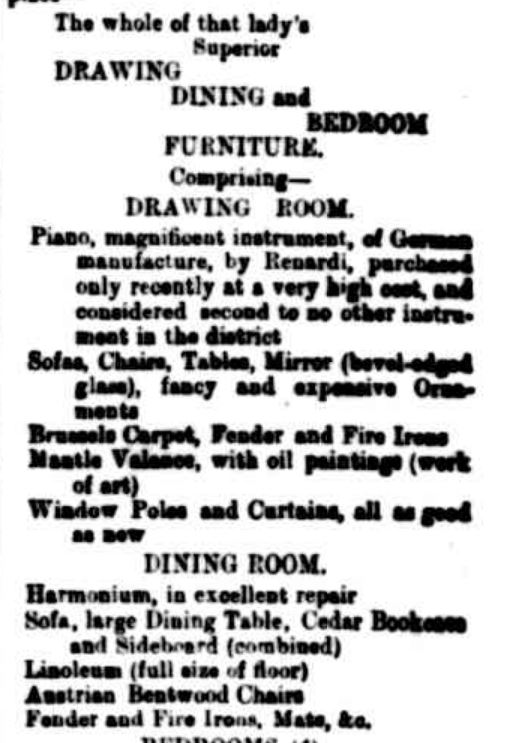


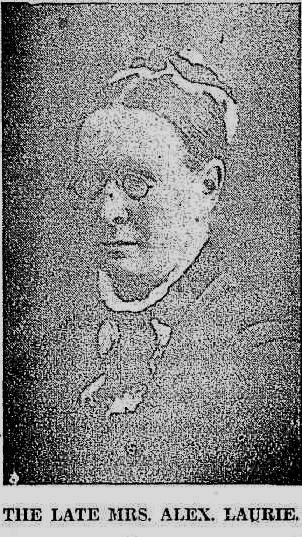


























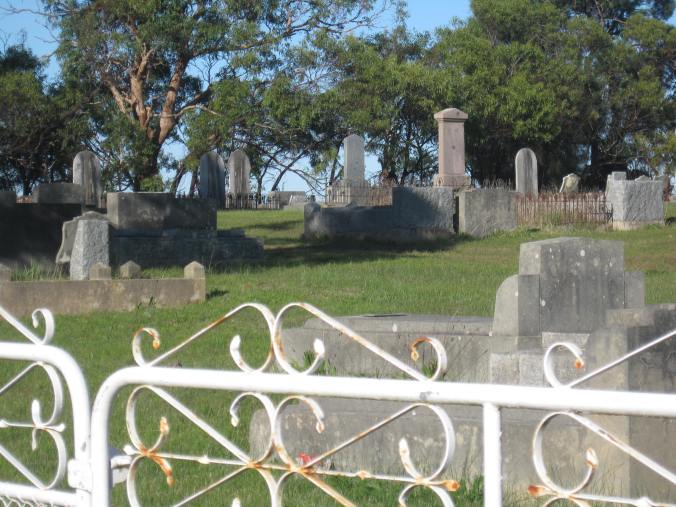
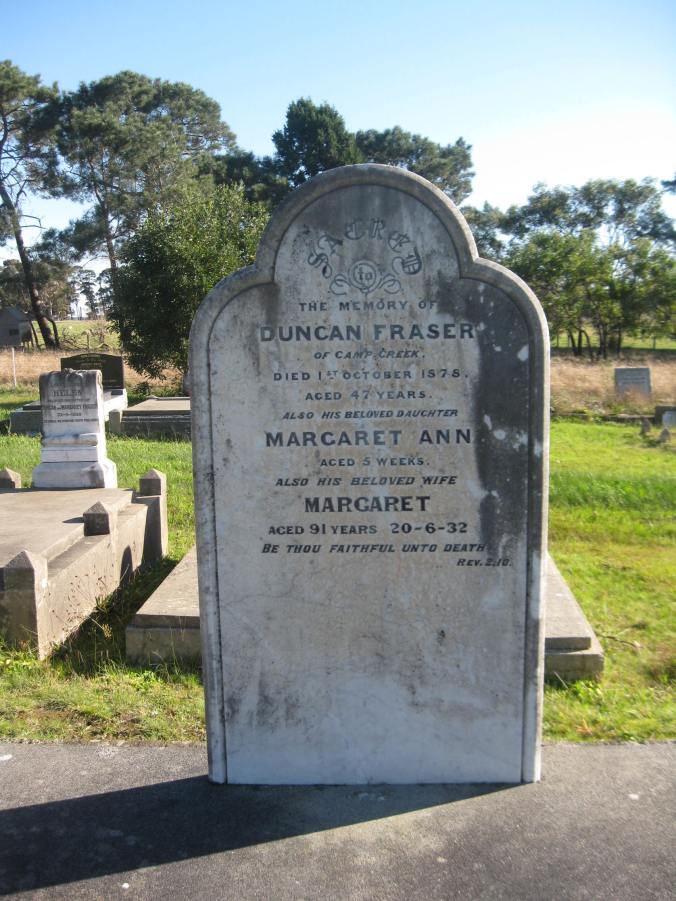
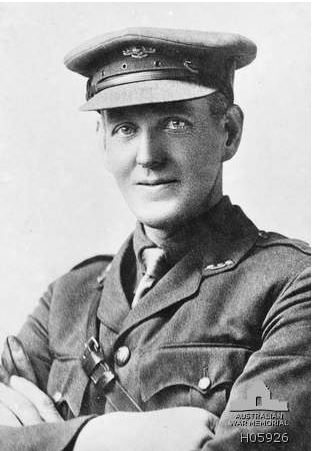
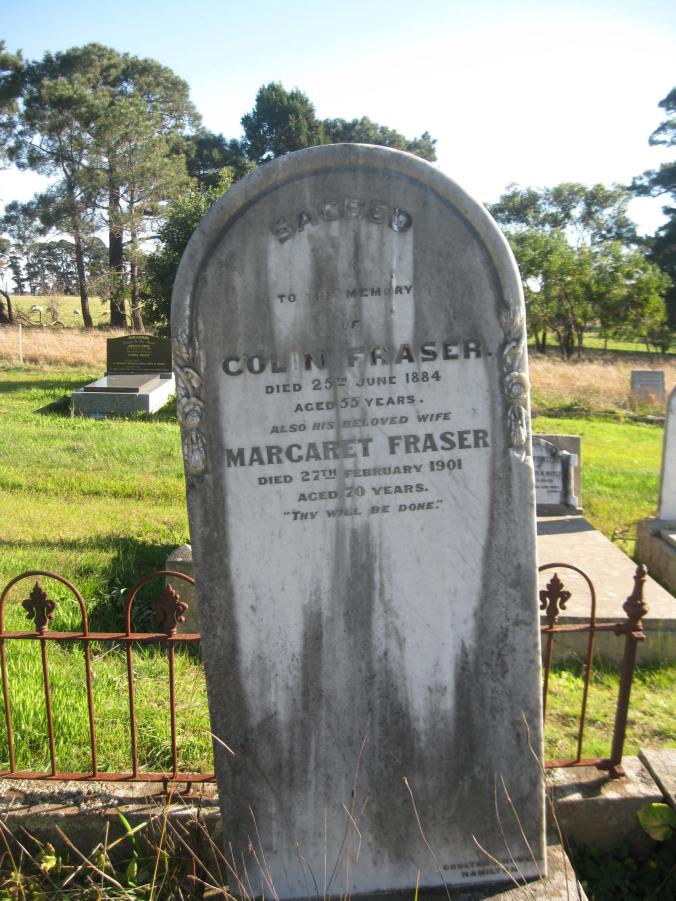

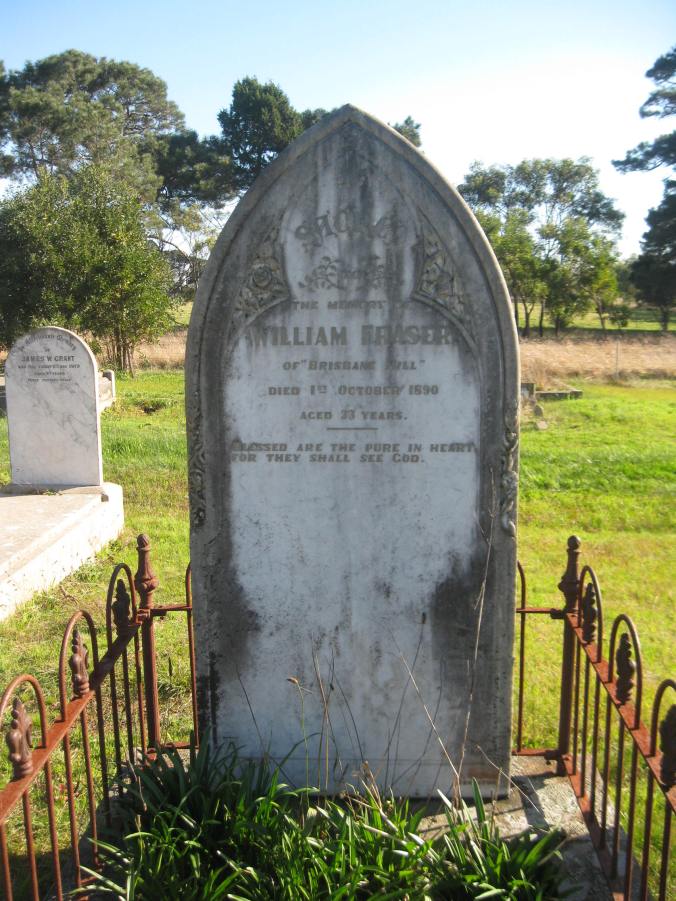
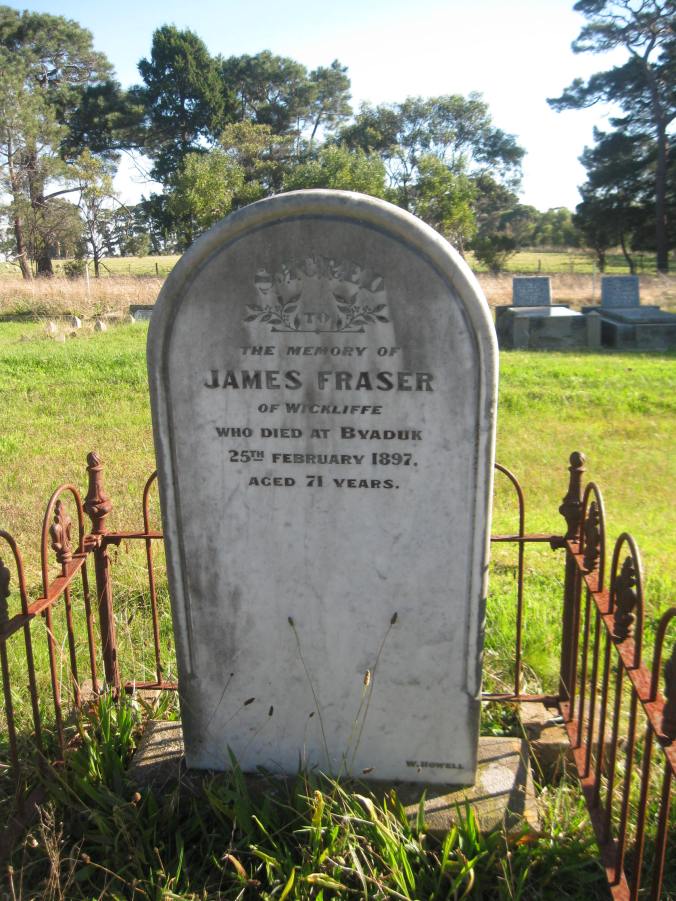
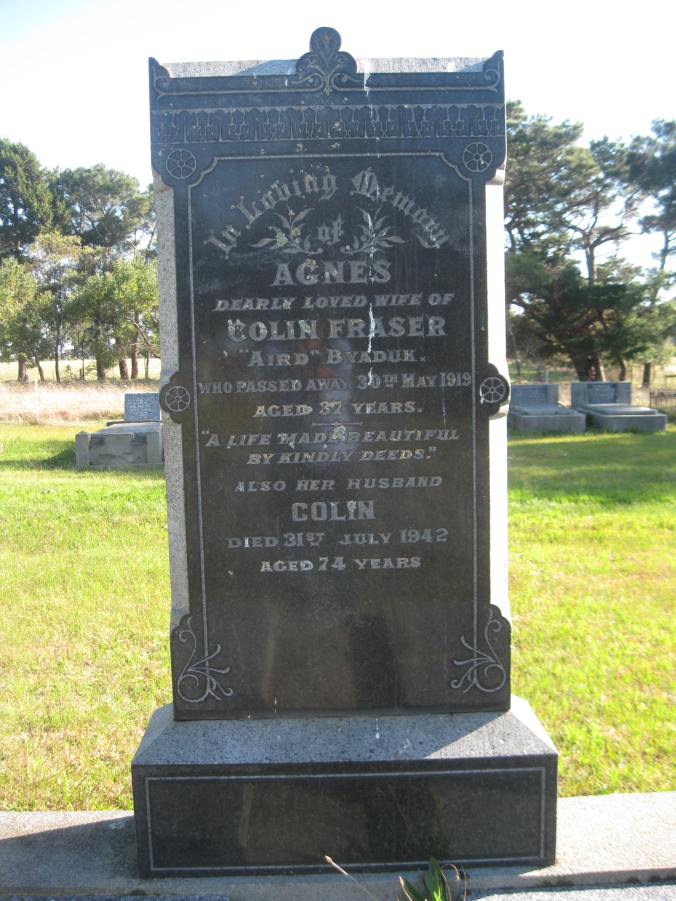
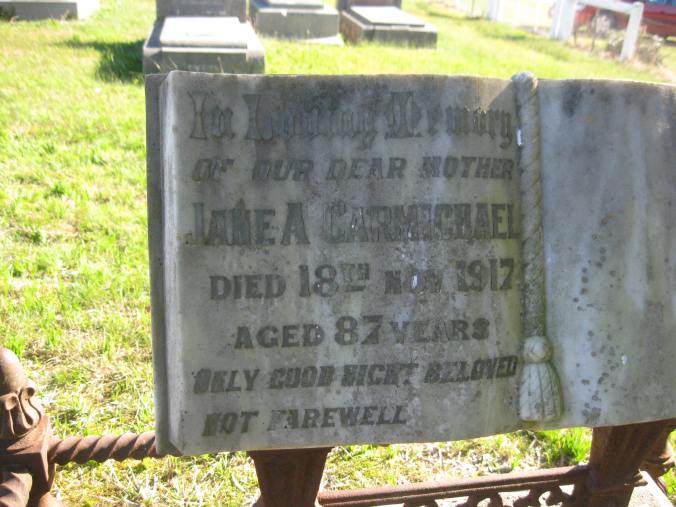

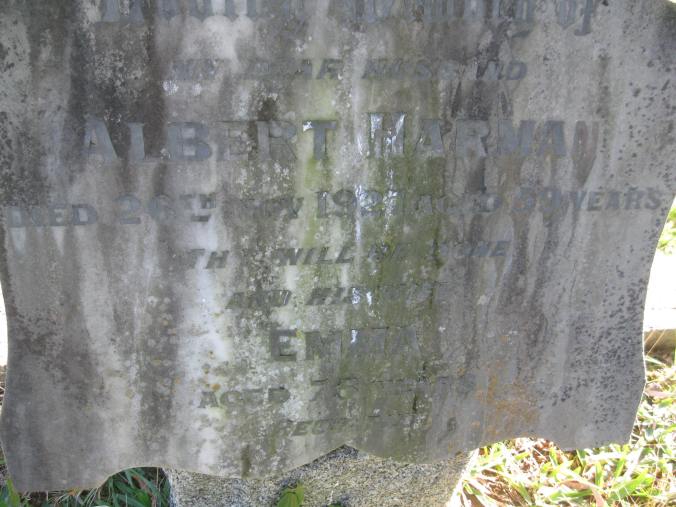

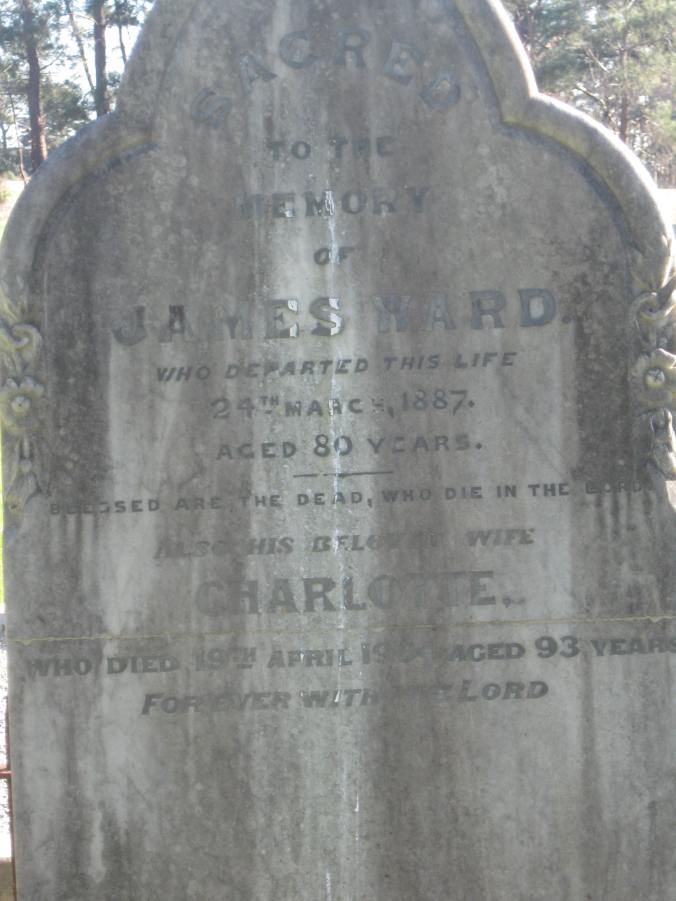
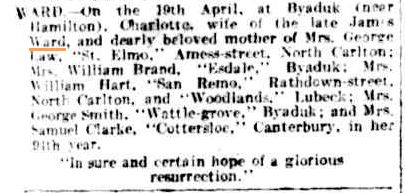

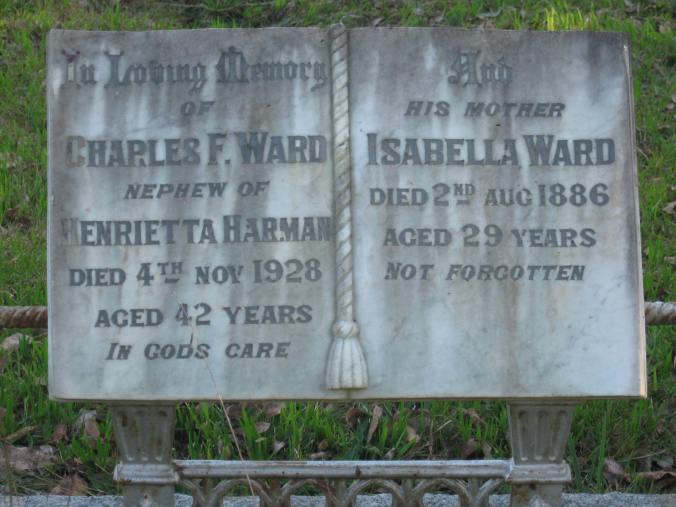
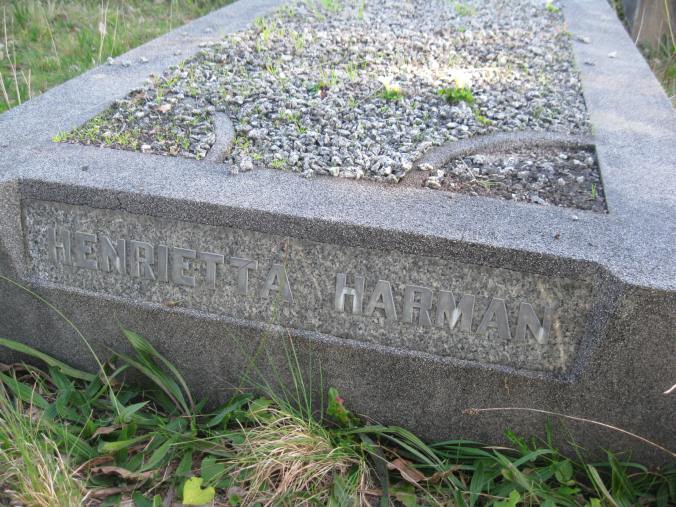

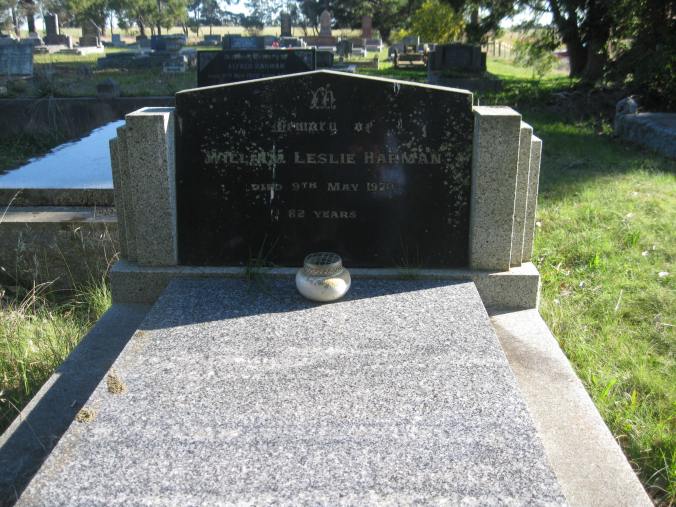

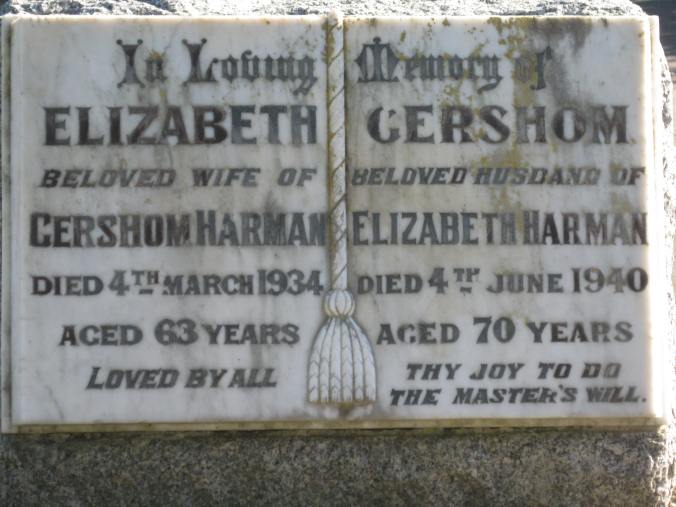

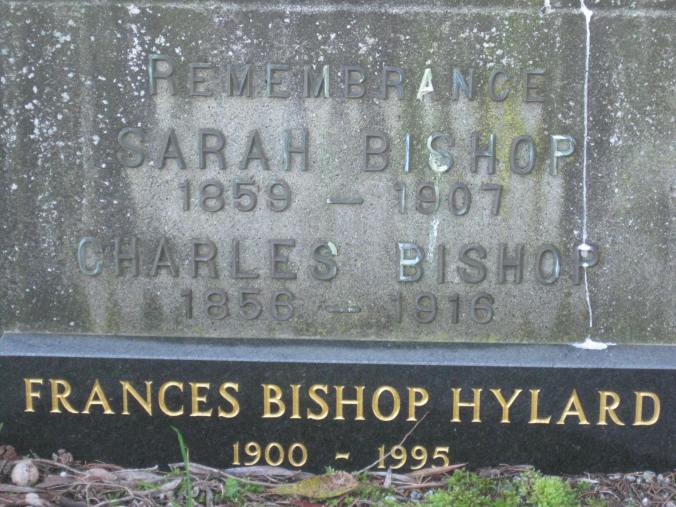






You must be logged in to post a comment.